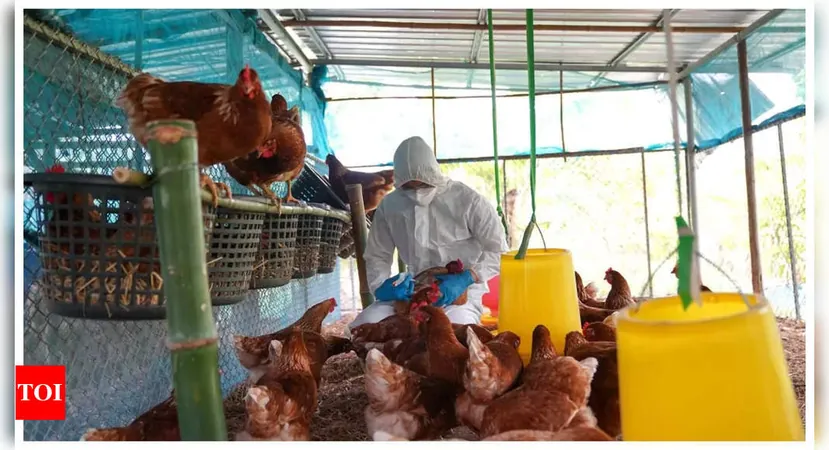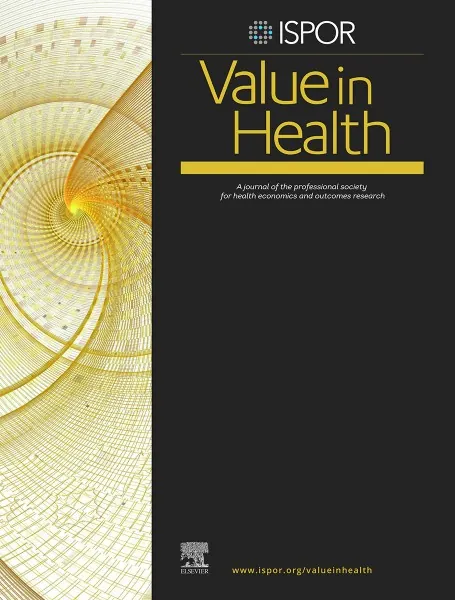
The Rising Challenge of Bird Flu in Humans: What You Need to Know
2024-10-25
Author: John Tan
Introduction
Bird flu, an illness triggered by various strains of the influenza virus, predominantly infects wild birds globally. While it usually affects birds, it can also lead to significant outbreaks in both commercial and backyard poultry. On rare occasions, it jumps to other animal species, and in even more extraordinary instances, humans can become infected too.
The Mutation and Threat of Bird Flu
One of the most concerning strains of bird flu, such as H5N1 and H7N9, is notorious for its high mutation rates. These mutations can lead to significant genetic changes that enhance the virus's ability to infect humans or to transmit between animals. Should any strain evolve to spread easily among people, the consequences could be catastrophic, rendering control measures nearly impossible.
Transmission Path: Understanding the Risks
The primary route of transmission of bird flu to humans involves direct contact with infected poultry. This is particularly prevalent in areas where backyard farming or live bird markets are prevalent, such as rural and densely populated regions. In these locations, close interactions between humans and poultry increase the risk of transmission.
Compounding this issue is the limited availability of effective human vaccines for bird flu. Most vaccines are strain-specific, meaning that if a new strain emerges, the existing vaccines may be ineffective, leaving gaps in public immunity and making broad protection challenging.
Symptoms of bird flu in humans resemble those associated with seasonal influenza, including fever and cough. This overlap complicates the prompt identification of cases, especially in regions that may lack access to specialized diagnostic testing.
Recent studies indicate that the majority of the population lacks sufficient immunity to most bird flu strains. If a strain capable of human-to-human transmission were to emerge, it could spread swiftly, leading to severe public health challenges. Fortunately, human-to-human transmission remains rare, usually involving only limited clusters of cases.
Preventive Measures: Stay Alert!
To mitigate the risk of bird flu, individuals are advised to avoid any unprotected contact with sick or deceased animals, including birds, poultry, and other wildlife. For those in professions that involve close contact with animals, such as veterinarians and farm workers, the use of comprehensive personal protective equipment (PPE) is crucial when handling any animals or materials that may be contaminated with the virus.
Conclusion
In conclusion, bird flu remains a pressing health concern due to its potential to mutate and infect humans. Raising awareness, implementing preventive measures, and ensuring that vaccines progress in their effectiveness are essential steps in tackling this avian threat. Stay informed, stay safe, and protect yourself from this lurking danger that could take a turn at any moment!

 Brasil (PT)
Brasil (PT)
 Canada (EN)
Canada (EN)
 Chile (ES)
Chile (ES)
 España (ES)
España (ES)
 France (FR)
France (FR)
 Hong Kong (EN)
Hong Kong (EN)
 Italia (IT)
Italia (IT)
 日本 (JA)
日本 (JA)
 Magyarország (HU)
Magyarország (HU)
 Norge (NO)
Norge (NO)
 Polska (PL)
Polska (PL)
 Schweiz (DE)
Schweiz (DE)
 Singapore (EN)
Singapore (EN)
 Sverige (SV)
Sverige (SV)
 Suomi (FI)
Suomi (FI)
 Türkiye (TR)
Türkiye (TR)